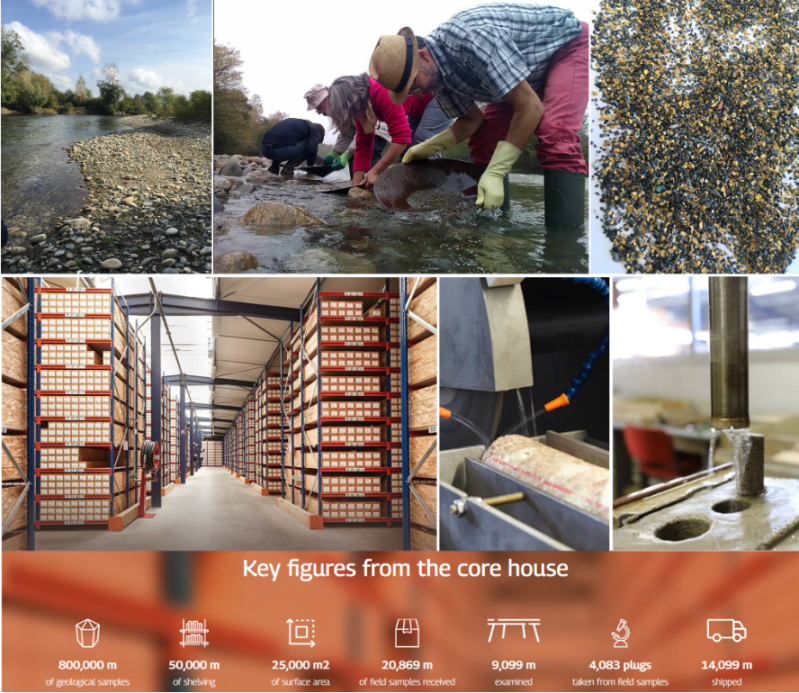Field Trip 4 Toulouse South : Gold panning & Core warehouse visit / Core workshop

Field Trip 4
Field Trip 4

Date
Friday 6th June 2025 | 8:00 – 18:30 CEST
Description
This fieldtrip is located in the northern part of the Pyrenees belt south of Toulouse, at around 1h drive of Toulouse.
Morning program : Gold Panning Initiation.
Gold panning on the banks of the Salat River initiation of the discussion on the origin of placer gold and characters of deposits from fluvial systems.
Afternoon program : From Source to Sink – Depositional profile from Pyrenees mountains, to Fluviatile system and deep offshore deposits.
- Discussion around the origin of gold in this region.
- Visit to STC’s international petroleum core library and petrophysics laboratory where cores from TotalEnergies affiliates are stored.
- Core workshops based on depositional profile in clastic dominated system, from fluviatile to deep offshore environments: Examples of cores from several TotalEnergies affiliates, including recent discoveries*.
(* pending authorization, alternative cores already identified)

Field Trip Leaders
Jerome HENNUY Head of Geoscience Thematics dpt, TotalEnergies
Marc BLAIZOT Former VP Exploration Total – AVENIA Board member
Didier THOMAS Director, STC
Gilles GRAFFIN Logistics Manager, STC
Cheikh BENAN Head of Sedimentology entity, TotalEnergies
Route Information

Schedule
All time in CEST
| Time | Activity |
|---|---|
| 08:00 | Depart from Toulouse |
| 09:30 | Arrival at Salies du Salat |
| 09:30 - 12:00 | Gold panning activities |
| 12:00 - 13:30 | Lunch time at Salies du Salat |
| 13:30 - 13:45 | Transfer to Boussens STC warehouse |
| 14:00 - 14:30 | Discussion around the origin of gold in this region |
| 14:30 - 17:00 | Core house visit and core workshop |
| 17:00 | Departure to Toulouse |
| 18:30 | Arrival at Toulouse - End of Fieldtrip |
Health and Safety Requirements
Waterproof boots or shoes for water activities, hat, sunscreen, mosquitoes repellent.



